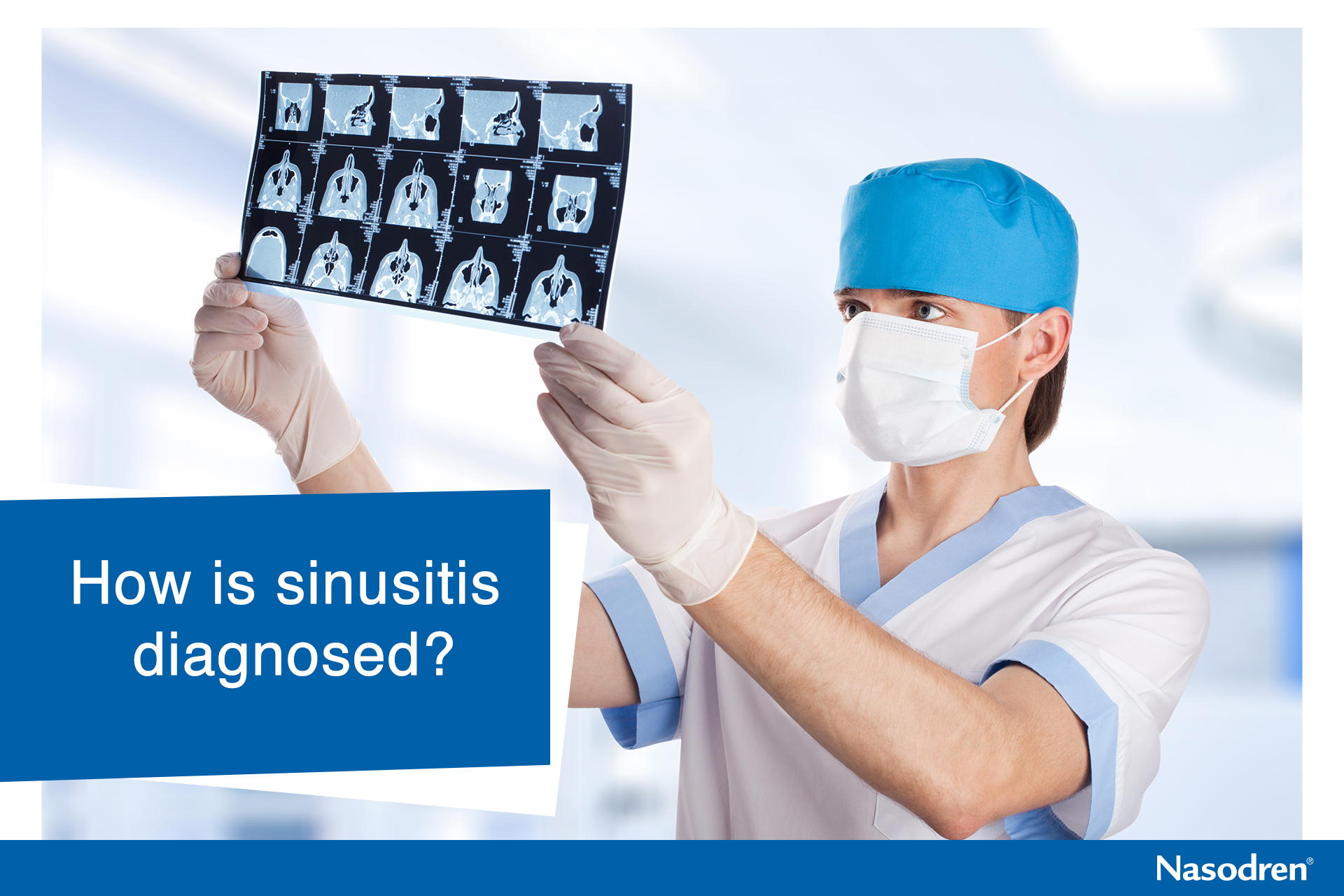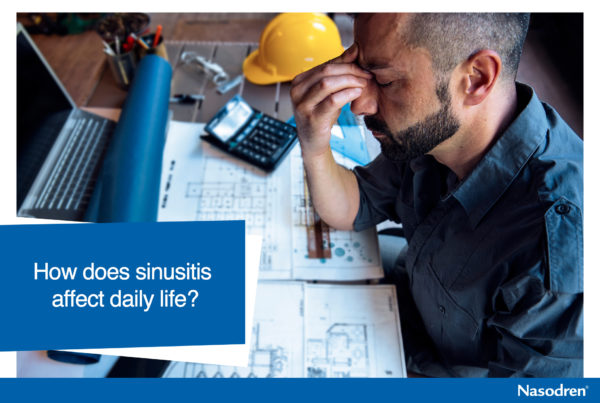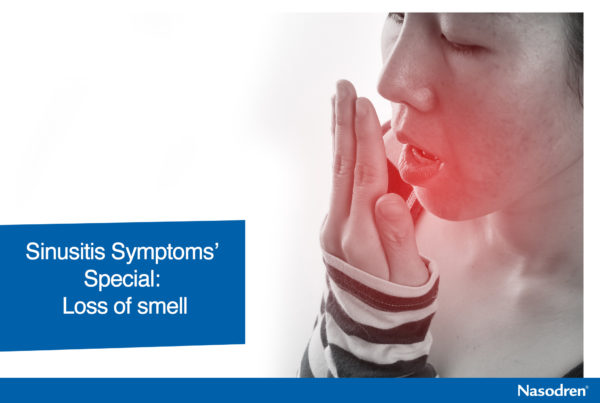It’s been more than a month since I caught a cold and I am not getting any better. I have a stuffy nose and mucus in my throat, I feel pressure around my cheekbones, and I have almost no sense of smell. All this despite the fact that I have used a decongestant, a mucolytic and I have taken ibuprofen.
The doctor has told me that I have a sinus infection and has given me treatment. Although I have followed the prescribed treatment, there is no improvement, rather the opposite since the symptoms I have are still very annoying and significantly affect my quality of life. Finally, the doctor sent me to the ENT department for tests. They confirmed that I have sinusitis.
But how is sinusitis diagnosed?
Sinusitis is defined as inflammation of the nose and sinuses characterised by two or more symptoms, one of which must be nasal congestion or runny nose (anterior or posterior nasal drip), and it is also frequently accompanied with facial pain or pressure and reduction or loss of smell.
As in any other illness, the first step is to conduct a thorough questioning, what doctors call the anamnesis. This medical history-taking focuses on asking the patient 3 key questions:
- What’s wrong?
- Since when?
- What do you attribute it to?
If we consider our statement at the beginning of this post, we can see that these 3 questions are easy to answer:
- I have nasal congestion, mucus in my throat, etc
- For more than a month
- Due to a cold
With this information the doctor can already guide the diagnosis, since a cold that lasts more than 10 days is classified as acute sinusitis.
Once a diagnosis has been made, which can be reconfirmed with further questions, treatment can be established.
But what if the specialist has doubts or wants to check the condition of the nasal mucosa and sinuses?
First, the ENT specialist will perform a nasal endoscopy, i.e. a tube (endoscope) will be inserted through the nostrils. The endoscope has a camera at the end that allows you to see inside the nose and some sinuses.
In the case of a patient with sinusitis, the ENT specialist may see nasal polyps, and/or mucopurulent discharge and/or inflammation of the nasal mucosa and sinuses.
If for any reason more imaging tests are required, a Computerized Tomography (CT) scan is usually requested since the simple x-ray can give both false positives (sinusitis is diagnosed when there is none), and false negatives (the condition is not diagnosed when it does exist).
Computed tomography is the imaging modality chosen to confirm the extent of the pathology although it should be used only to corroborate the history and endoscopic examination after the failure of medical treatment.
Once the diagnosis of sinusitis, whether acute or chronic, is certain, the most appropriate treatment can be established. This involves treating the cause or triggering factor such as nasal polyps, allergic rhinitis or anatomical alterations such as a deviated septum, among others, and prescribing products that drain the mucus accumulated in the paranasal sinuses effectively and safely, that is, without damaging the nasal mucosa.










